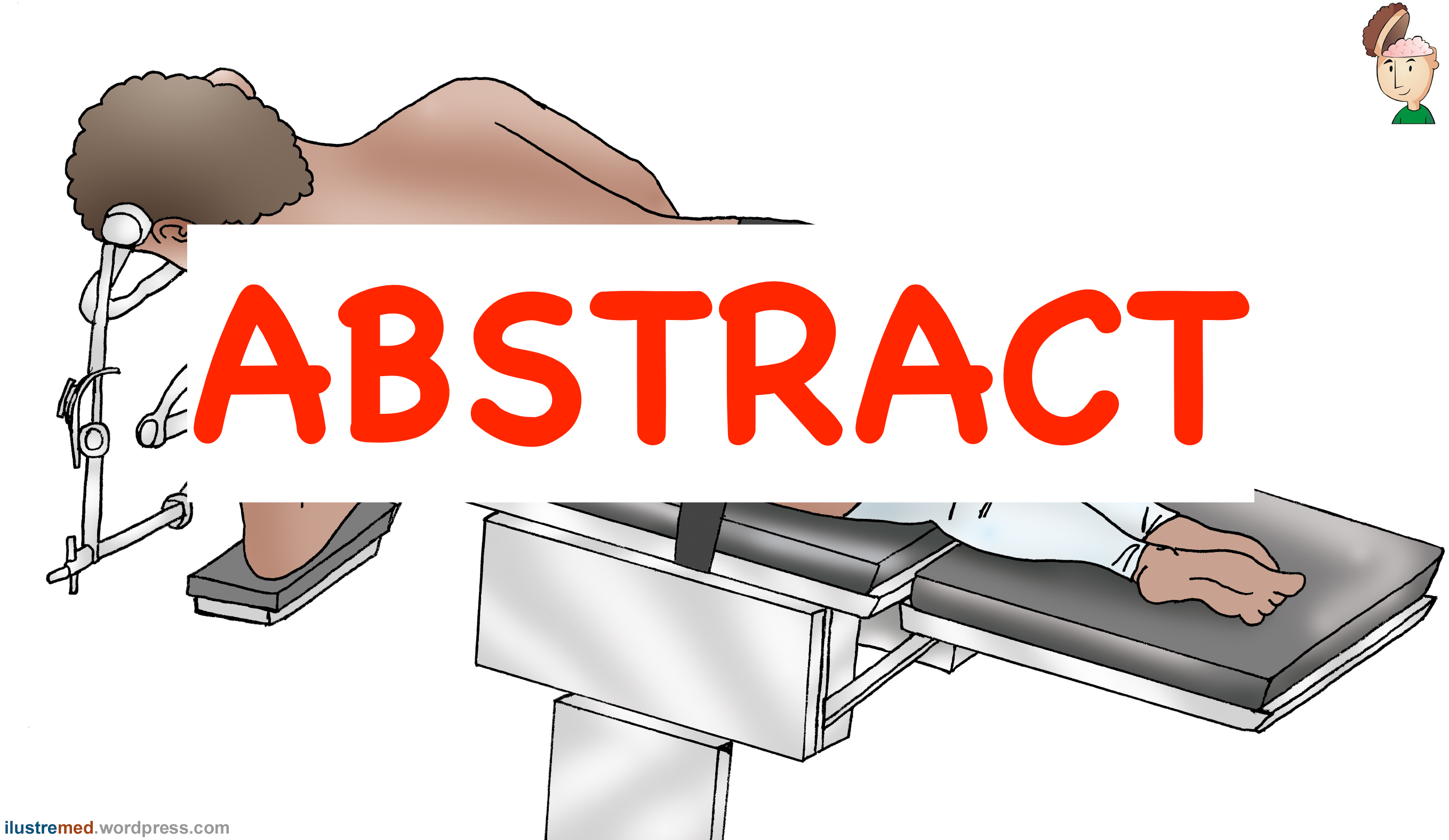Hematogenous pyogenic spinal infections and their surgical management
A G Hadjipavlou 1, J T Mader, J T Necessary, A J MuffolettoAffiliations expand
- PMID: 10870142
- DOI: 10.1097/00007632-200007010-00010
Abstract
Study design: Mainly a retrospective study of 101 cases of pyogenic spinal infection, excluding postoperative infections. Data were obtained through medical record review, imaging examination, and patient follow-up evaluation.
Summary of background data: Hematogenous pyogenic spinal infection has been described variously as spondylodiscitis, discitis, vertebral osteomyelitis, and epidural abscess. Recommended treatment options have included conservative methods (antibiotics and bracing) and surgical intervention. However, a comprehensive classification that would aid in diagnosis, treatment planning, and prognosis has not yet been devised.
Objectives: To analyze the bacteriology, pathologic entities, complications, and results of treatment options for pyogenic spinal infection.
Method: All patients received plain radiographs, gadolinium-enhanced magnetic resonance imaging scans, and bone/gallium radionuclide studies. All patients had tissue biopsies. Bacteriology, hematology, and predisposing factors were analyzed. All patients received intravenous and oral antibiotics. A total of 58 patients underwent surgery. Patient outcomes were correlated with clinical status, with treatment method and, where applicable, with location and nature of epidural compression. Statistical analyses were performed.
Results: Spondylodiscitis occurred most commonly with primary epidural abscess, spondylitis, discitis, and pyogenic facet arthropathy, all occurring rarely. Staphylococcus aureus was the main organism. Infection elsewhere was the most common predisposing factor. Leukocyte counts were elevated in 42.6% of spondylodiscitis cases. The erythrocyte sedimentation rate was elevated in all cases of epidural abscess. There were 35 cases of epidural abscess (frank abscess, 29; granulation tissue, 6). Epidural abscess complicating spondylodiscitis occurred most often in the cervical spine, followed by thoracic and lumbar areas. The rate of paraplegia or paraparesis also was highest in cervical and thoracic regions. There were no cases of quadriplegia. All patients with either epidural granulation tissue or paraparesis recovered completely after surgical decompression. Only 18% of patients with frank epidural abscess and 23% of patients with paralysis recovered completely after surgical decompression. Patients with spondylodiscitis who were treated nonsurgically reported residual back pain more often (64%) than patients treated surgically (26.3%).
Conclusions: Pyogenic spinal infection can be thought of as a spectrum of disease comprising spondylitis, discitis, spondylodiscitis, pyogenic facet arthropathy, and epidural abscess. Spondylodiscitis is more prone to develop epidural abscesses in the cervical spine (90%) than the thoracic (33.3%) or lumbar (23.6%) areas. Thecal sac neurocompression has a greater chance of causing neurologic deficit in the thoracic spine (81.8%). Treatment of neurologic deficit caused by epidural abscess is prompt surgical decompression, with or without fusion. Patients with frank abscess had less favorable outcomes than those with granulation tissue, and paraplegia responded to treatment more poorly than paraparesis. Surgery was preferable to nonsurgical treatment for improving back pain.

